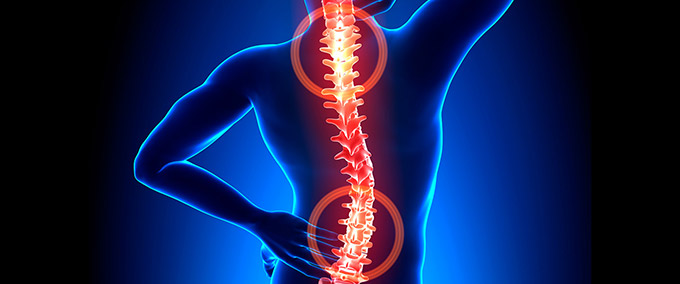Stem Cell Transplant Overview
A stem cell transplant is a procedure that replaces damaged or diseased stem cells with healthy stem cells. About 20,000 stem cell transplants were performed in the United States in 2016. More than 7500 were to treat multiple myeloma.
For many people with multiple myeloma, a stem cell transplant is an important part of treatment. Stem cell transplants are known as a standard of care in multiple myeloma. A standard of care is a treatment that is accepted by medical experts as a proper treatment for a certain type of disease and that is widely used by healthcare professionals.
Is it a good option for me?
- Your doctor will work with you to decide whether a stem cell transplant may be right for you
- The decision will be based on a combination of factors—including your age, how well you’ve responded to multiple myeloma treatment, any other medical conditions you may have, and your own desires and available support
- The decision to have a stem cell transplant or not will affect your overall treatment plan
What are stem cells?
- Stem cells are a type of young blood cell found in the bone marrow and blood
- These stem cells can mature into all types of blood cells, including red blood cells, white blood cells, and platelets
- Once mature, blood cells have many jobs and help the body function properly
How does a stem cell transplant help in multiple myeloma?
- In many cases, doctors use high doses of treatment to kill as many myeloma cells as possible. These high doses can also damage or kill stem cells, which we need to live
- A stem cell transplant replaces damaged stem cells with healthy stem cells. In most cases stem cells are collected from your own body, saved, and transplanted at a later time
What can I expect?
- Before the transplant, you will have stem cells collected. The cells are then stored until they are needed for the transplant
- A few days or weeks before the transplant, you will get high doses of treatment. You’ll be given a couple of days to rest before the transplant
- The transplant may be inpatient or outpatient, depending on the center and your specific needs. If you have to be in the hospital, you may go in the day before the transplant procedure is scheduled to start
- On the day of the transplant, the stored stem cells will be returned to your body. They will be infused back into the blood stream, a lot like a blood transfusion
- After the transplant, you will be closely monitored by your healthcare team. You’ll be in the hospital or visit the transplant center daily for at least a few weeks. You’ll need a family member or loved one as a caregiver who can stay with you all the time





